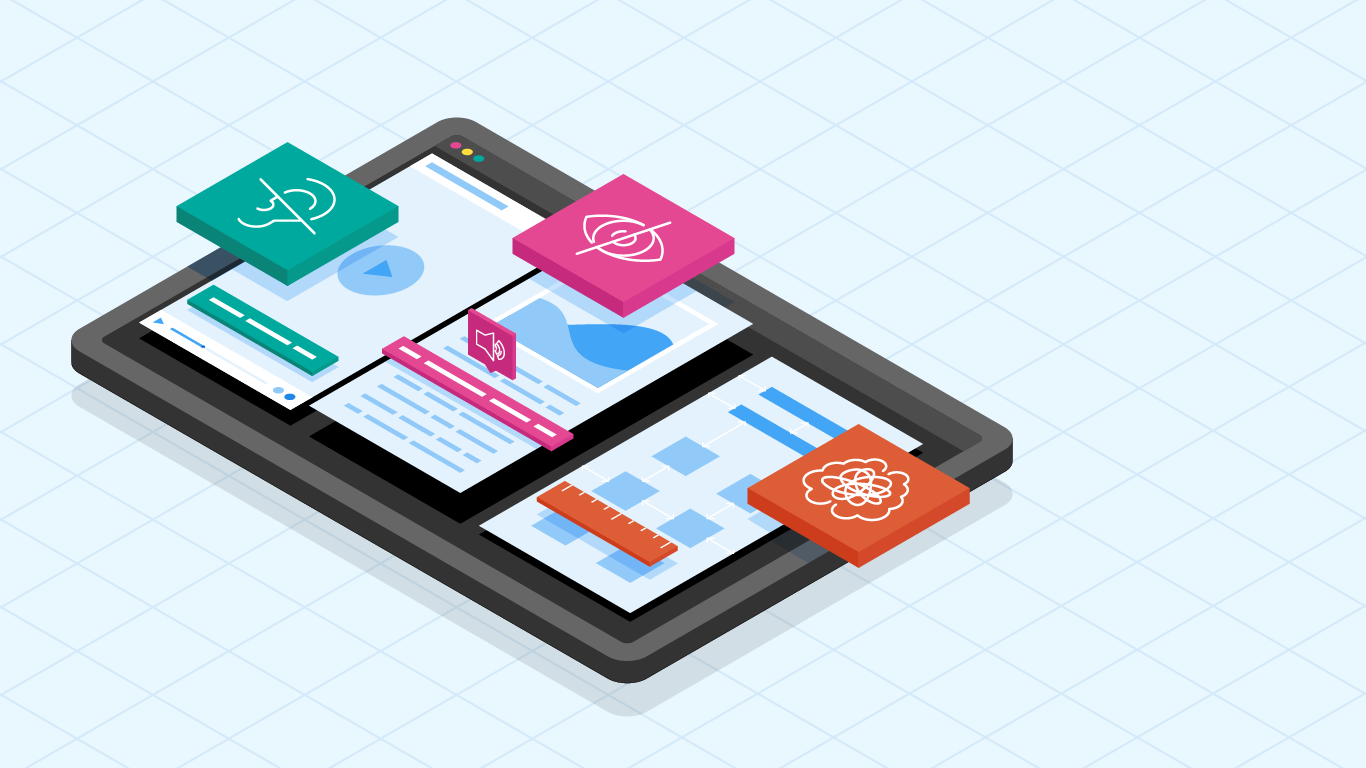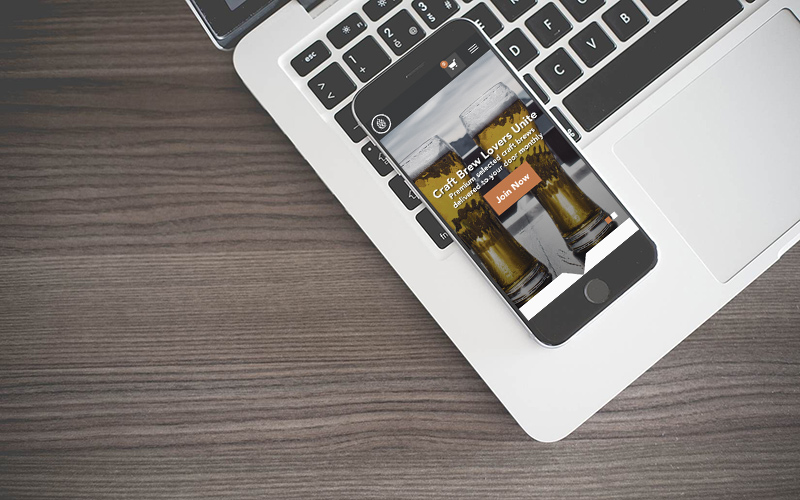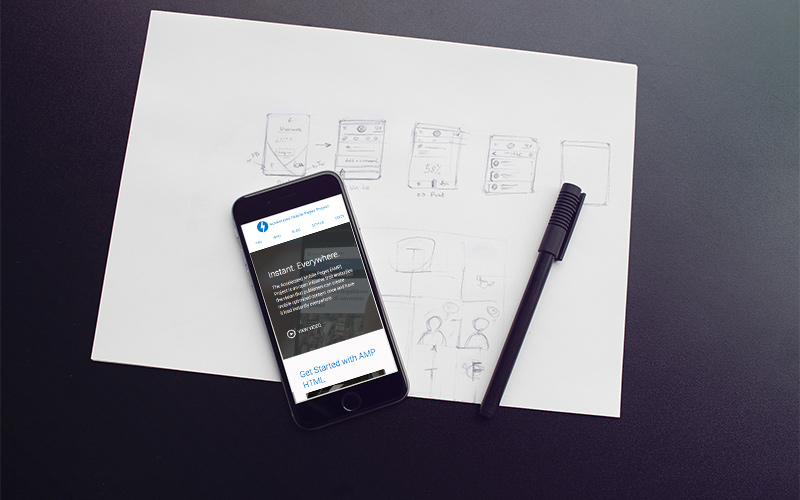“I can’t read that, it’s too small.” “I can’t understand what he’s saying in that video, are there subtitles?” “I don’t remember where that was, there’s too much stuff.” “Ugh, I clicked the wrong thing.” Feeling lost on a website and unable to maximize your content consumption is frustrating. However, improved web accessibility and a site built with all users in mind prevents these frustrations. Let’s break down the details.
What is Web Accessibility?
Web accessibility is essentially how easy it is for users to navigate a website and its features. This overarching concept looks at how all visitors can utilize a site, while also providing additional emphasis on designing web pages that users with disabilities can easily use.
In general, developers should consider factors that affect accessibility to a site, such as varying screen sizes, slow internet, or even environments with bright sunlight or where audio cannot be played aloud. A mindful, accessible design can allow users to fully utilize a webpage in these diverse conditions.
Simultaneously, good web accessibility supports usability for those with disabilities. This can include individuals with permanent disabilities to their vision, hearing, or mobility.
Factors that Contribute to Web Accessibility
With the concept of accessibility in mind, how exactly do you know if your site is up to standard? Luckily, the answer is as easy as POUR. POUR is an acronym representing the four main aspects of The Web Content Accessibility Guidelines (WCAG). They stand for the following:
Perceivable. How content can be consumed on a site. There should be a variety of ways to do so, such as adding captions to a video so sound is not needed to comprehend it.
Operable. How a user can maneuver through a site’s controls, buttons, and elements. This should include options for voice and keyboard control for users who may be unable to use a mouse to navigate.
Understandable. How users understand the functionality of the site and the information on it. The navigation of the site should be comprehensible and predictable to users. The content should be readable and viewable.
Robust. How users and assistive technologies can use a site. A site should be compatible with a variety of browsers and technologies like screen readers.
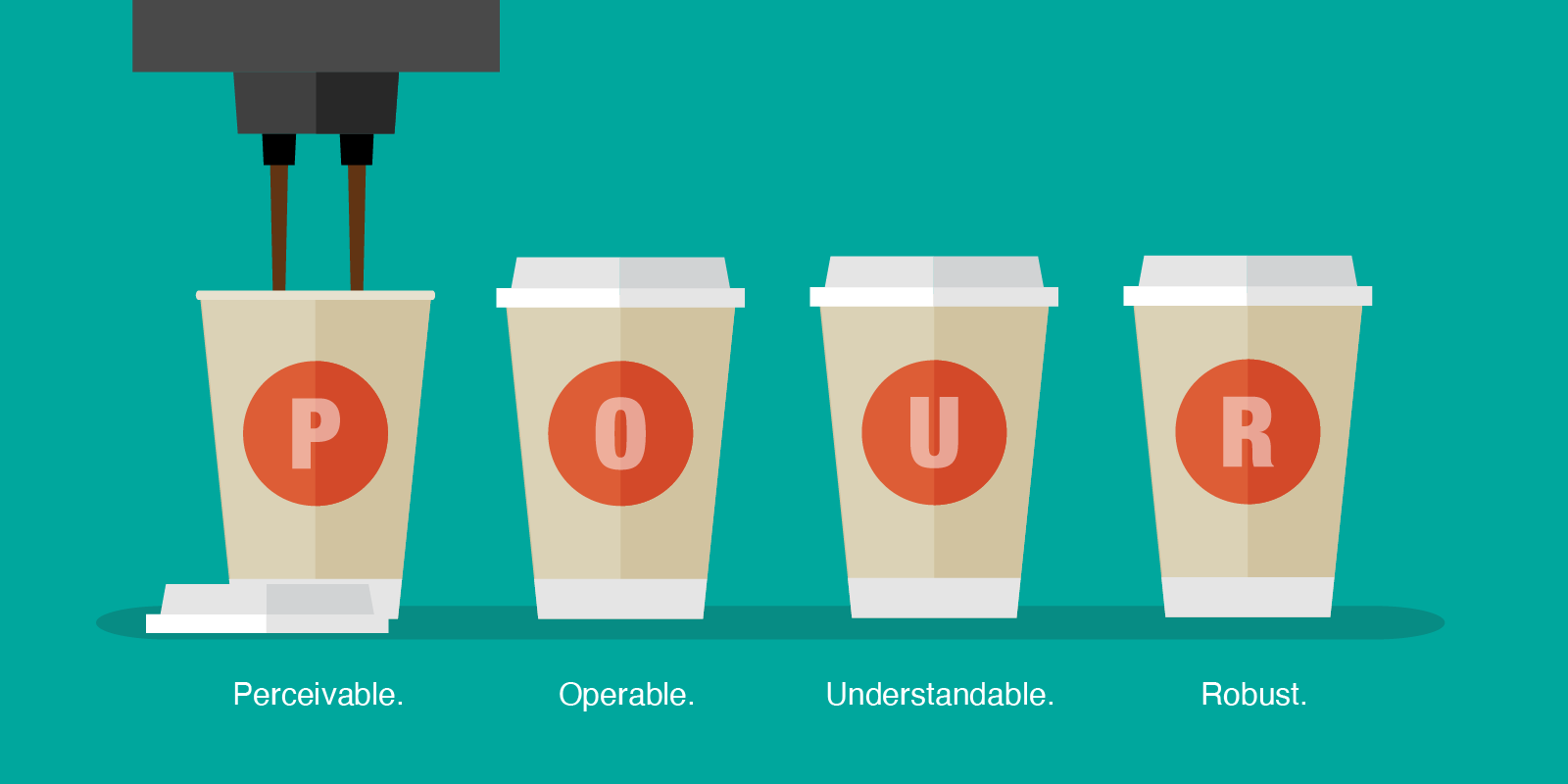
The Impact of Web Accessibility
The bottom line is that you want your website to be easily used by all users, and you want to be mindful of those users who may be especially impacted by a less-than-seamless layout. In fact, there are ADA policies regarding web accessibility that websites must comply with. Beyond meeting compliance standards, web accessibility is important for businesses looking to make a positive impact.
By improving your site’s accessibility, you are improving UX for all. As a developer, if you think your text may be small for someone with average eyesight, imagine how difficult it would be for someone who is visually impaired.
Similarly, we’ve said it once and we’ll say it again–a good UX has good payoffs for your site. When more users stay on your site and engage with your content, your performance, conversion rates, and SEO rankings will all improve.
Additionally, a focus on web accessibility gives your brand a positive image. It’s 2022, people want to support a company that supports them. An accessible web design is another small yet impactful way you can bolster your brand’s social image.
Accessible Features to Consider
Now, how exactly do you accomplish web accessibility? Here are some details to consider:
- Typography: Ensure that your text is large with a color contrast that allows clear legibility. You also can use headings and italics/bold lettering to create a hierarchy in your text.
- Content: The simpler the better. Keep the industry jargon at bay and keep sentences short and straightforward. Doing so supports better readability.
- Assets: Use alt-text to vividly describe images. ARIA Labels (Accessible Rick Internet Applications) also provide navigation landmarks for supportive technologies like screen readers.
- UI: A layout that is logical and predictable is the easiest to use. Avoid animations that flash, as it can affect users who are sensitive to strobe-like lights. Also minimize shifting elements, as this impacts Cumulative Layout Shift (CLS). CLS is a Core Web Vital that measures how unstable content is based on how much content shifts.
- Navigation: Make buttons and elements that are well-spaced and easy to select. When utilizing keyboard navigation, ensure clear focus states so users know what they are clicking. Also, include landmarks on your pages so users can quickly jump between areas via their keyboard
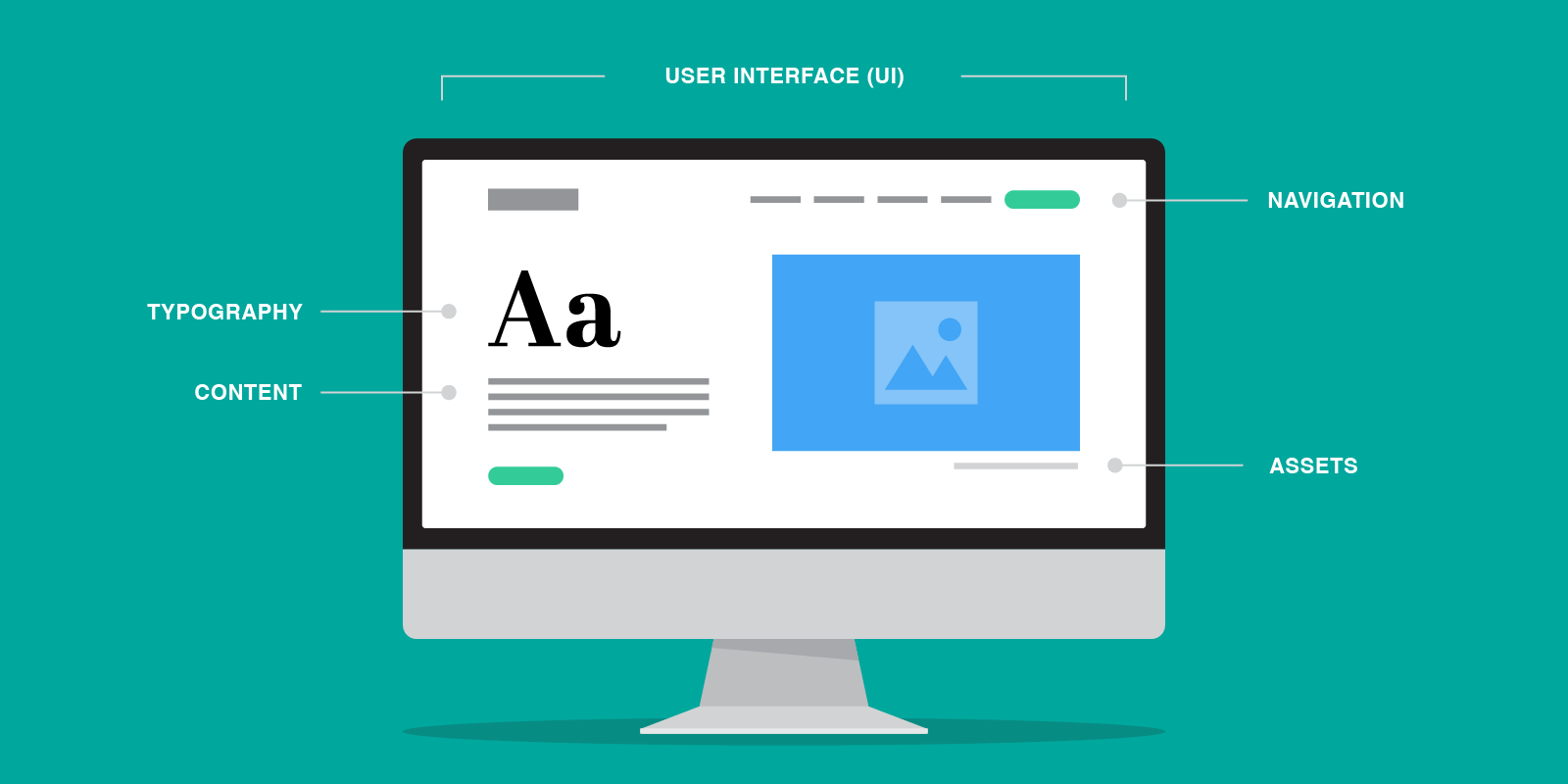
A Website for All
The marvel of the internet is that it has the power to reach and unite us all. Web accessibility ensures that no one misses out. If you’re looking to enhance your website and improve its accessibility, FYD is just a phone call away and ready to help.
